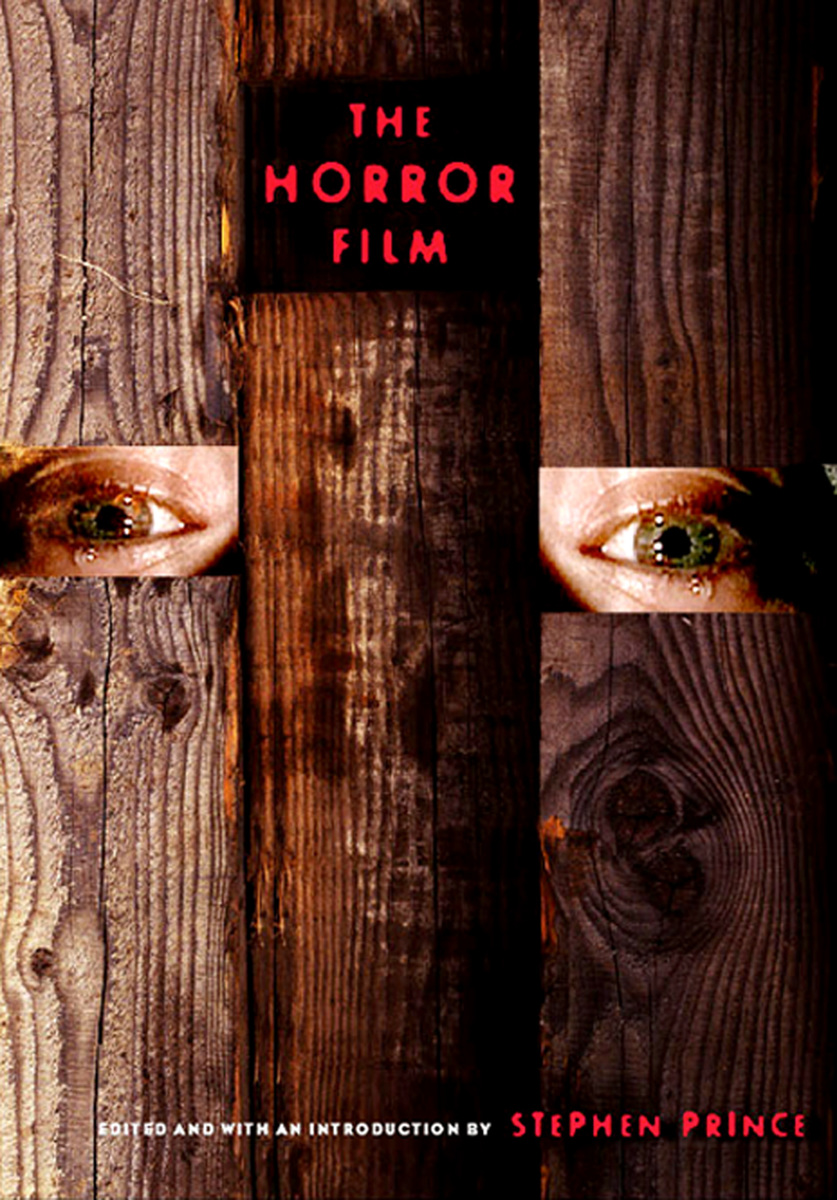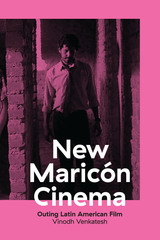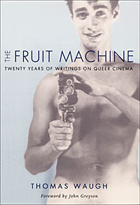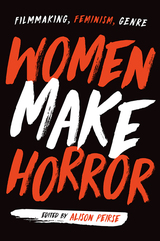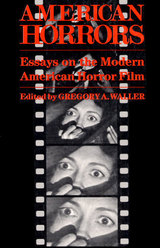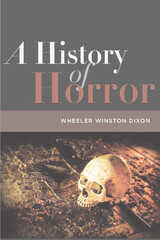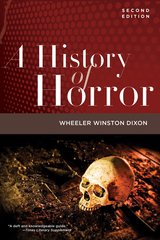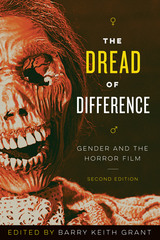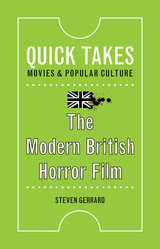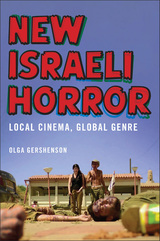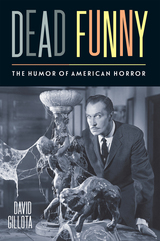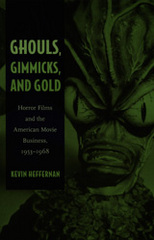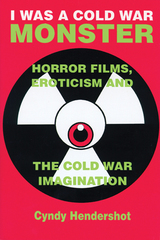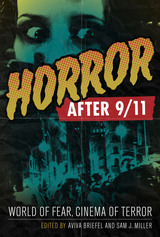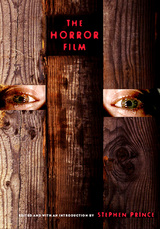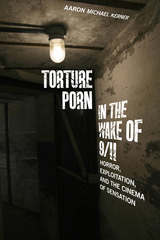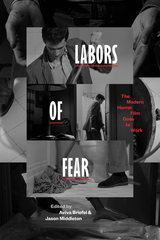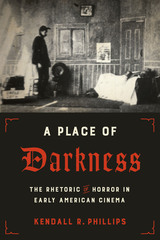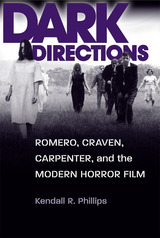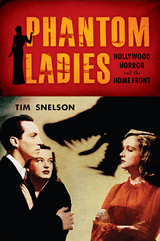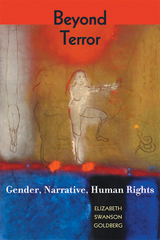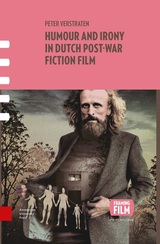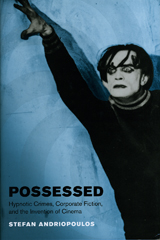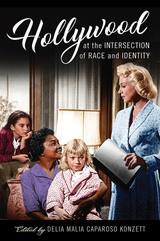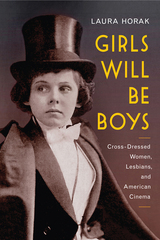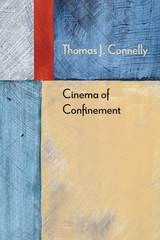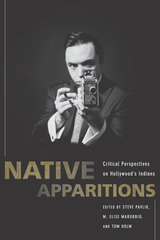The Horror Film
Rutgers University Press, 2004
Paper: 978-0-8135-3363-6 | eISBN: 978-0-8135-7991-7 | Cloth: 978-0-8135-3362-9
Library of Congress Classification PN1995.9.H6H667 2004
Dewey Decimal Classification 791.436164
Paper: 978-0-8135-3363-6 | eISBN: 978-0-8135-7991-7 | Cloth: 978-0-8135-3362-9
Library of Congress Classification PN1995.9.H6H667 2004
Dewey Decimal Classification 791.436164
ABOUT THIS BOOK | AUTHOR BIOGRAPHY | TOC
ABOUT THIS BOOK
In this volume, Stephen Prince has collected essays reviewing the history of the horror film and the psychological reasons for its persistent appeal, as well as discussions of the developmental responses of young adult viewers and children to the genre. The book focuses on recent postmodern examples such as The Blair Witch Project. In a daring move, the volume also examines Holocaust films in relation to horror.
Part One features essays on the silent and classical Hollywood eras. Part Two covers the postWorld War II era and discusses the historical, aesthetic, and psychological characteristics of contemporary horror films. In contrast to horror during the classical Hollywood period, contemporary horror features more graphic and prolonged visualizations of disturbing and horrific imagery, as well as other distinguishing characteristics. Princes introduction provides an overview of the genre, contextualizing the readings that follow.
Stephen Prince is professor of communications at Virginia Tech. He has written many film books, including Classical Film Violence: Designing and Regulating Brutality in Hollywood Cinema, 19301968, and has edited Screening Violence, also in the Depth of Field Series.
Part One features essays on the silent and classical Hollywood eras. Part Two covers the postWorld War II era and discusses the historical, aesthetic, and psychological characteristics of contemporary horror films. In contrast to horror during the classical Hollywood period, contemporary horror features more graphic and prolonged visualizations of disturbing and horrific imagery, as well as other distinguishing characteristics. Princes introduction provides an overview of the genre, contextualizing the readings that follow.
Stephen Prince is professor of communications at Virginia Tech. He has written many film books, including Classical Film Violence: Designing and Regulating Brutality in Hollywood Cinema, 19301968, and has edited Screening Violence, also in the Depth of Field Series.
See other books on: Film | History & Criticism | Horror Film | Horror films | Prince, Stephen
See other titles from Rutgers University Press
